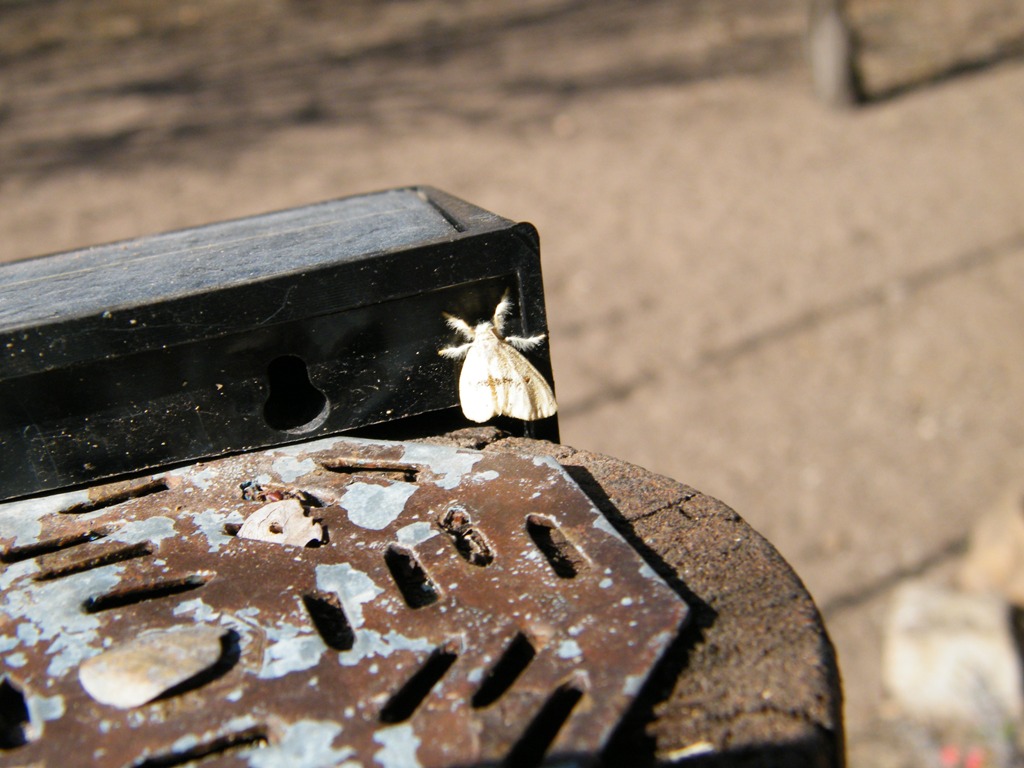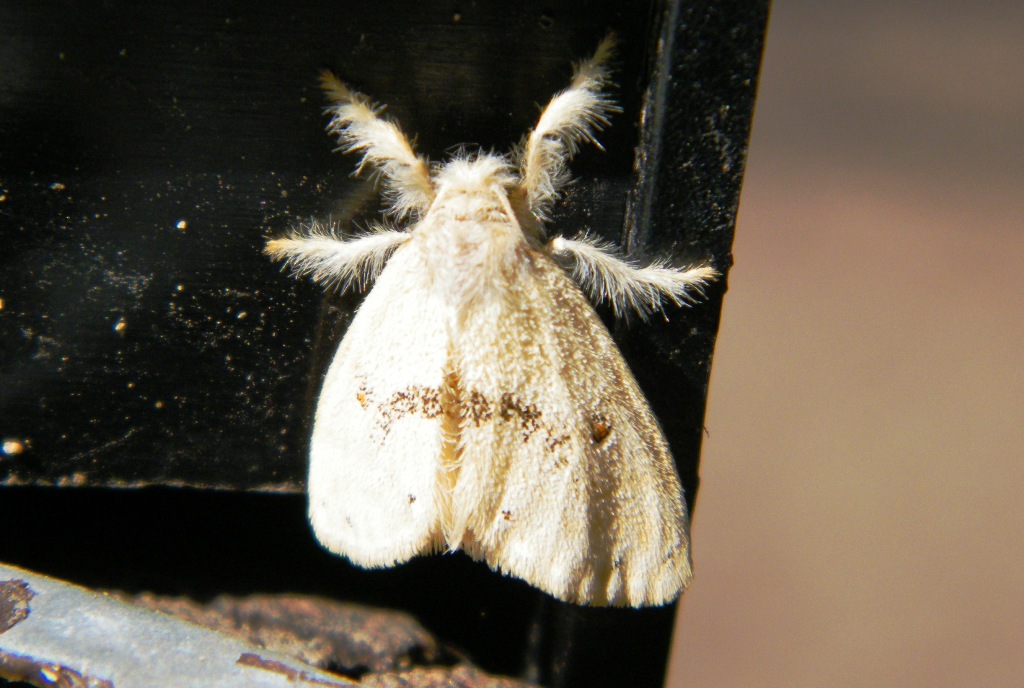Insect or Invertebrates Identification - DONE
Moderator: Klipspringer
-
Klipspringer
- Global Moderator
- Posts: 5858
- Joined: Sat Sep 14, 2013 12:34 pm
- Country: Germany
- Contact:
- Richprins
- Committee Member
- Posts: 75206
- Joined: Sat May 19, 2012 3:52 pm
- Location: NELSPRUIT
- Contact:
Re: Insect or Invertebrates Identification
Thought it may be a new species!
Please check Needs Attention pre-booking: https://africawild-forum.com/viewtopic.php?f=322&t=596
-
Klipspringer
- Global Moderator
- Posts: 5858
- Joined: Sat Sep 14, 2013 12:34 pm
- Country: Germany
- Contact:
- Richprins
- Committee Member
- Posts: 75206
- Joined: Sat May 19, 2012 3:52 pm
- Location: NELSPRUIT
- Contact:
Re: Insect or Invertebrates Identification
Medium moth, 2cm - Marloth


Please check Needs Attention pre-booking: https://africawild-forum.com/viewtopic.php?f=322&t=596
-
Klipspringer
- Global Moderator
- Posts: 5858
- Joined: Sat Sep 14, 2013 12:34 pm
- Country: Germany
- Contact:
Re: Insect or Invertebrates Identification
I think the moth is one of tussock moths, likely the Bi-coloured Euproctis Euproctis bicolor. But there are dozens of yellow Euproctis species in South Africa
- Richprins
- Committee Member
- Posts: 75206
- Joined: Sat May 19, 2012 3:52 pm
- Location: NELSPRUIT
- Contact:
Re: Insect or Invertebrates Identification
Please check Needs Attention pre-booking: https://africawild-forum.com/viewtopic.php?f=322&t=596
-
Klipspringer
- Global Moderator
- Posts: 5858
- Joined: Sat Sep 14, 2013 12:34 pm
- Country: Germany
- Contact:
Re: Insect or Invertebrates Identification
Adult moths of the subfamily Lymantriidae usually have muted colours (browns and greys), some are yellowish or white, and most of them are very hairy.
The larvae of the tribe Nygmiini, such as Euproctis, possess urticating setae that can be hazardous to human health
Lymantriinae stand out amongst Erebidae in having non-feeding adults.
Non-feeding moths tend to be short-lived and sexually dimorphic, with males searching for relatively static females calling with pheromone plumes; oviposition is in masses, with larvae aposematic or cryptic, often with urticating spines.
The larvae of the tribe Nygmiini, such as Euproctis, possess urticating setae that can be hazardous to human health
Lymantriinae stand out amongst Erebidae in having non-feeding adults.
Non-feeding moths tend to be short-lived and sexually dimorphic, with males searching for relatively static females calling with pheromone plumes; oviposition is in masses, with larvae aposematic or cryptic, often with urticating spines.
- Richprins
- Committee Member
- Posts: 75206
- Joined: Sat May 19, 2012 3:52 pm
- Location: NELSPRUIT
- Contact:
Re: Insect or Invertebrates Identification
Please check Needs Attention pre-booking: https://africawild-forum.com/viewtopic.php?f=322&t=596
-
Klipspringer
- Global Moderator
- Posts: 5858
- Joined: Sat Sep 14, 2013 12:34 pm
- Country: Germany
- Contact:
Re: Insect or Invertebrates Identification
Immagine a lifeystyle where your only purpose is once off reproduction 
- Lisbeth
- Site Admin
- Posts: 65731
- Joined: Sat May 19, 2012 12:31 pm
- Country: Switzerland
- Location: Lugano
- Contact:
Re: Insect or Invertebrates Identification
Their brains are not exactly like ours, so I will not even try to imagine 
"Education is the most powerful weapon which you can use to change the world." Nelson Mandela
The desire for equality must never exceed the demands of knowledge
The desire for equality must never exceed the demands of knowledge


